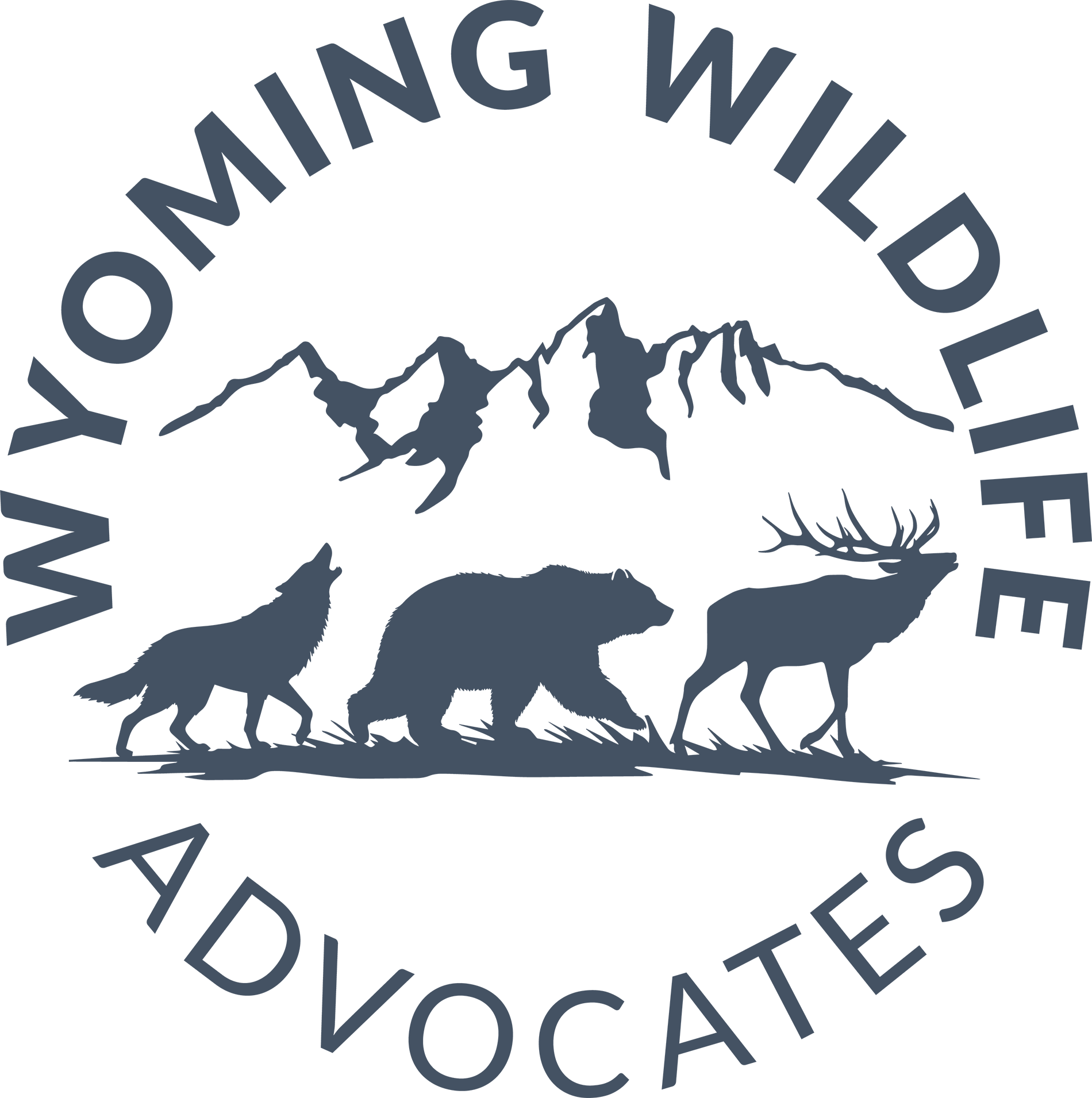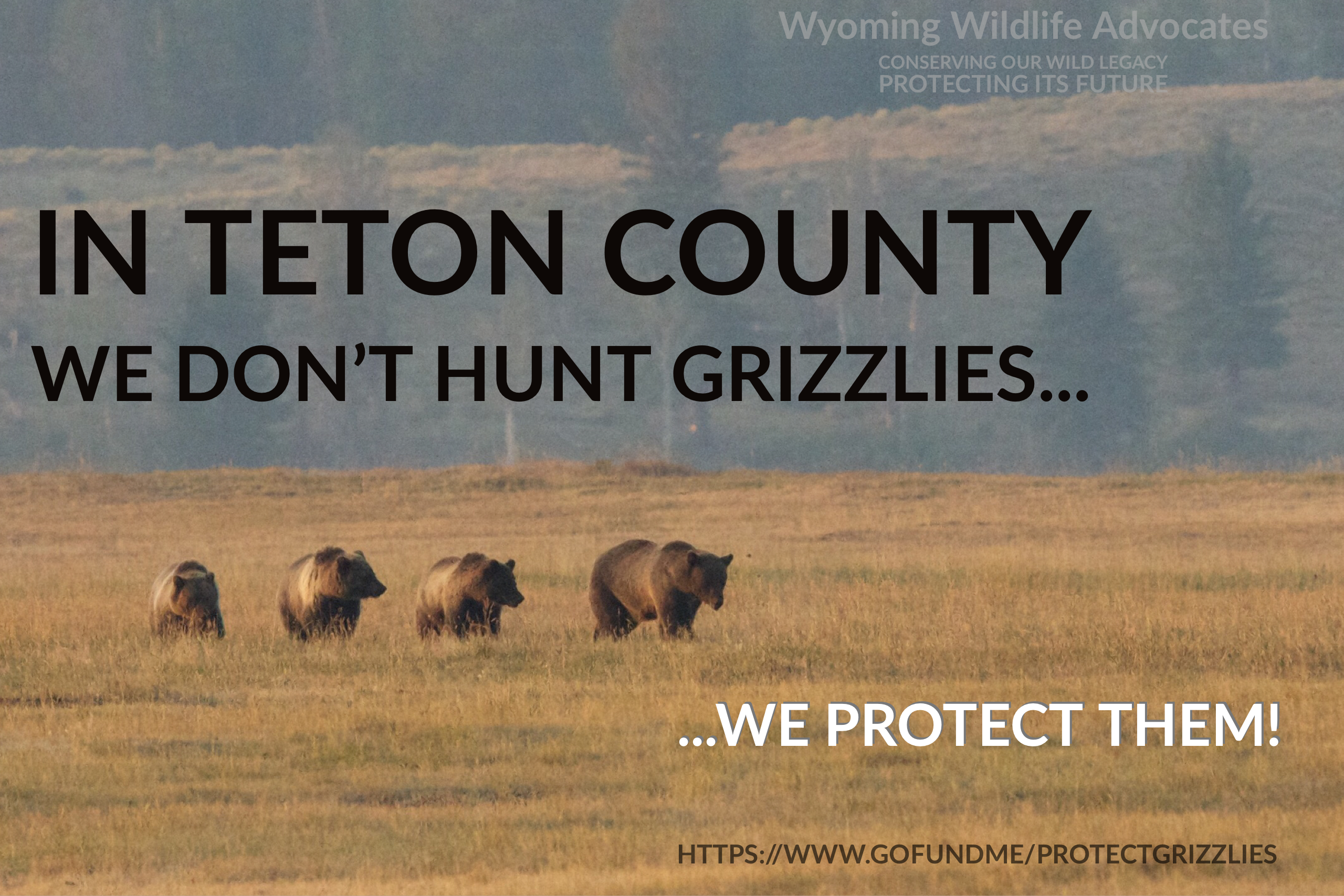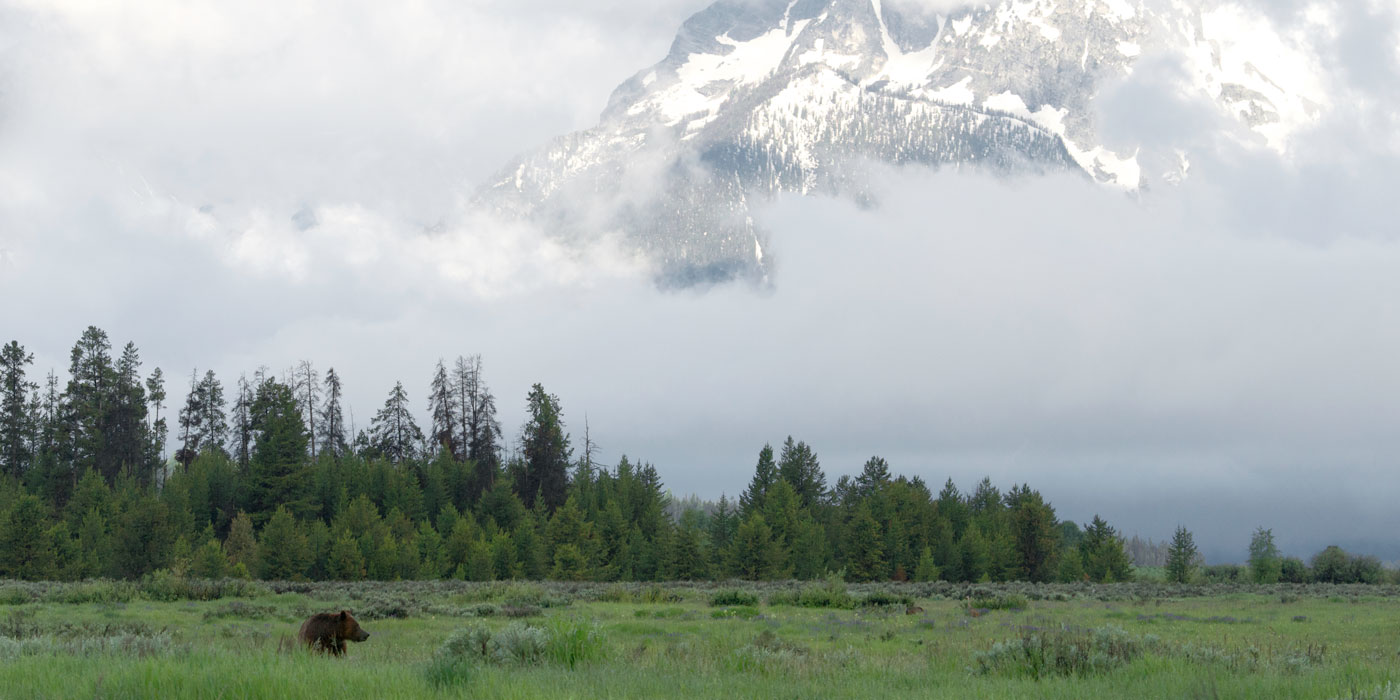by Todd WilkinsonNational Geographic | OCTOBER 1, 2015
Chris Servheen knows why grizzly bears matter.
Like millions of others, he and his two teenage sons make a summer pilgrimage each year to Yellowstone National Park to catch glimpses of these symbols of the U.S. West.
“We treasure seeing grizzlies, and often we speak of how bears make the places we visit so much more whole,” he says.
“I always tell my sons—and the Boy Scout troop I led for four years—to never take what we have here for granted.”
Not only are the predators crucial to keeping prey populations in check, they boost local economies, thanks to tourists like Servheen. Nature-related tourism is worth $1 billion annually to the Greater Yellowstone region—the intersection of Wyoming, Montana, and Idaho—with grizzlies and wolves being the marquee attractions.
Servheen is no ordinary tourist, though—he sits on a hot seat. For nearly three-and-a-half decades, he has served as the U.S. Fish and Wildlife Service’s national grizzly bear recovery coordinator, based in Missoula, Montana. It’s been Servheen’s job, using the might of the federal Endangered Species Act, to prevent the grizzly bear from going extinct in the lower 48. (Grizzly bears in Alaska, which are more plentiful, are not under federal protection.)
Since being listed as threatened in 1975, the species has gradually bounced back—a turnaround that many have hailed as one of the most momentous wildlife conservation successes in history. (Also see “Black Bears Are Rebounding—What Does That Mean For People?”)
Forty years ago, the prognosis for Ursus arctos horribilis looked bleak. Due to hunting and habitat loss, the species had fallen to only about 2 percent of its former range south of Canada. In the 1970s in the Greater Yellowstone region, the southernmost part of its territory, only 136 bears remained.
But bringing them under the shield of the Endangered Species Act slowly forced federal and state agencies, resource extraction industries, recreationists, private landowners, conservationists, and politicians—many of whom don’t always get along well—to work together. (Related: “What Do You Do With a Bear That Kills a Person?”)
Grizzly bear hunting ended, with stiff fines and potential jail time levied against poachers. Trash dumps closed that had grizzlies hooked on human foods. Logging and mining operations were reduced, closing down backcountry roads that had fragmented their habitat.
Most of all, Servheen says, the Endangered Species Act ushered in more human tolerance for bears—and living among them.
Today, the Montana-based Interagency Grizzly Bear Study Team estimates there are at least 700 grizzlies in Greater Yellowstone—and growing.
“We are now seeing grizzly bears in places I never imagined them being 35 years ago,” Servheen says, including the Rocky Mountains.
And by the end of the year, the Obama Administration is expected to announce its intent to remove Greater Yellowstone grizzlies from federal protection, according to Scott Talbott, director of the Wyoming Game and Fish Department. It would be the first step toward changing the status of all continental U.S. grizzlies.
But what would happen next for the bears? It’s a source of debate among conservation groups and states charged with safeguarding their future.
An Island of Bears
Tom France, senior director of western wildlife conservation for the National Wildlife Federation, supports delisting, noting that the bear’s population has rebounded and people who share its several million acres of core habitat have prioritized its survival.
But he is on one side of a divide that has opened within the conservation movement.
Kent Nelson, founder of the conservation group Wyoming Wildlife Advocates, says that until the Greater Yellowstone’s bear population is physically connected with the only other major bear stronghold to the north, delisting is premature. Isolated grizzly bears that can’t mate with other populations could face genetic problems due to inbreeding.
Nelson also argues that if allowed by states, sport hunting will likely result in the deaths of dispersing bears. He’s not alone.
Harmony Kristin Szarek, a graduate student at Ohio State University, recently published a master’s thesis on attitudes of grizzly bear scientists. She concluded that 60 percent of scientists surveyed believe the Greater Yellowstone bears should remain under the banner of federal protection. Her results also imply that dissent to delisting is being stifled.
“Currently, there appears to be political pressure to delist this population segment; however, responses here indicate that a large majority of experts believe delisting would be an incorrect decision, or at the very least a violation of the precautionary principle,” she wrote.
Another sign of resistance is an unprecedented petition signed by leaders of three dozen Native American tribes—including all the tribes in the tri-state Yellowstone region—voicing opposition to both delisting grizzlies and bringing back sport hunting.
Trophy Hunting
The federal government has long held up sport hunting as an incentive to reward states that helped protect grizzly habitat and spent millions on programs aimed at keeping bears and people out of trouble. (See “How to Not Get Attacked by a Bear.”)
Wyoming believes that selling licenses to hunt a few grizzlies each year will generate huge sums and help offset management costs and reimbursements paid to ranchers who lose livestock to bears.
State game officials such as Wyoming’s Talbott assert that some individual trophy hunters will pay tens of thousands of dollars for the thrill of killing a grizzly.
But some, including Nelson and tribes on the petition, argue that in the 21st century, the premise that bears need to be hunted to save them is Draconian.
They say that bears, unlike in the past, are worth more alive than dead.
Tourism is one of Wyoming’s three pillars, along with energy development and agriculture, and a 2014 study showed that travelers are willing to pay more to enter Yellowstone National Park if it means they have an opportunity to see a bear along the road. The study estimated that without the potential of seeing roadside bears, the park would lose $10 million annually in lost tourism dollars. (See “Video of Yellowstone Bear Chasing Tourists Isn’t What You Think.”)
Wild Card
This isn’t the first time that Greater Yellowstone’s grizzly population has been taken off federal protection. Between 2007 and 2009, the government turned bear management over to the states.
The action was reversed by a federal district court judge who ruled in favor of environmentalists after they sued, arguing that the federal government did not fully consider negative consequences caused by the loss of whitebark pine trees.
It’s an example of how climate change is another wild card in the grizzly’s future.
Grizzlies rely heavily on nutritious seeds in whitebark pine cones, especially prior to denning, and their abundance has been linked to more numerous cubs.
In recent years, though, insect outbreaks, hastened by warmer temperatures, have destroyed most whitebark pine trees. (Also see “Warm Weather Drives Bears Out of Hibernation.”)
David Mattson, a retired U.S. Geological Survey scientist who spent decades with the grizzly study team, says four main foods that fueled the resurgence in grizzly bears are either in decline or uncertain due to climate change.
Whitebark pine trees are functionally extinct as a viable resource for bears, and cutthroat trout and elk are dropping in number. Army cutworm moths, which nourish many bears, face an uncertain future from climate change and from agriculture that treats them as unwanted pests, he says.
Mattson is convinced that part of the reason bears are roaming farther from Yellowstone is to find more food, not because there are more bears, as some contend.
Wait and See
Many grizzly advocates are waiting to see the rules that accompany delisting before they say they are for or against the decision.
“We are going to see what rule for delisting the Fish and Wildlife Service produces,” says Tim Preso, managing attorney of Northern Rockies regional office for the environmental law nonprofit Earthjustice.
Critics say a key in the ongoing debate is how each state will set its threshold for bear numbers.
Recently, Wyoming officials have suggested the lowest allowable threshold for the Greater Yellowstone grizzly population is 500, which ostensibly would allow a high number of bears to be killed in management actions or hunting.
In Wyoming, recovered wolves are treated as unwanted predators in 85 percent of the state and can be killed for any reason. Jamie Rappaport Clark, president and CEO of the nonprofit group Defenders of Wildlife, says that attitude doesn’t bode well for grizzlies.
But Dan Thompson, Wyoming’s large carnivore specialist, told National Geographic that the state will be a responsible steward of grizzlies.
Hunting, he says, isn’t regarded as a panacea for resolving management conflicts, but it is another tool to help the state deal with problem bears. He adds that hunting would help rural Wyoming residents better tolerate bears in their midst.
Servheen, the longtime grizzly manager, is confident that Greater Yellowstone’s grizzly population is healthy in large part because the Endangered Species Act had public support. (See National Geographic’s best bear pictures.)
“The local people have to want the species on the landscape for real recovery to happen. This requires that the public who lives, works, and recreates with the species believes that we are taking their needs into account along with the needs of the species. That balance of needs is always tricky but so important.”
For instance, a survey of 600 U.S. voters conducted this summer showed that 90 percent of registered voters support the act. Supported in part by Defenders of Wildlife, the survey showed that people in states concerned about the law’s economic impact still favored recovering species.
When he started his career, Servheen more closely resembled his sons in appearance. Now his hair has gone gray, but he’s proud to say the bears didn’t vanish on his watch.
“Grizzlies have the magical ability to burn into your memory. Most people can describe in great detail everything that was happening every time they have seen a grizzly.”
Todd Wilkinson is an environmental journalist. His most recent book is Grizzlies of Pilgrim Creek: An Intimate Portrait of 399, the Most Famous Bear of Greater Yellowstone, with photographer Thomas D. Mangelsen. Follow him on Twitter.






